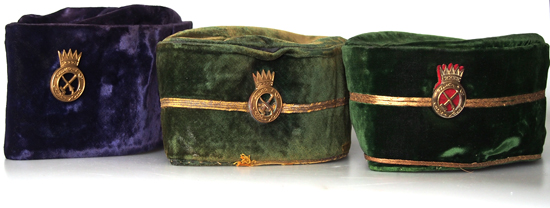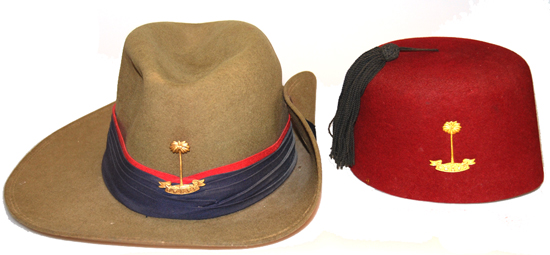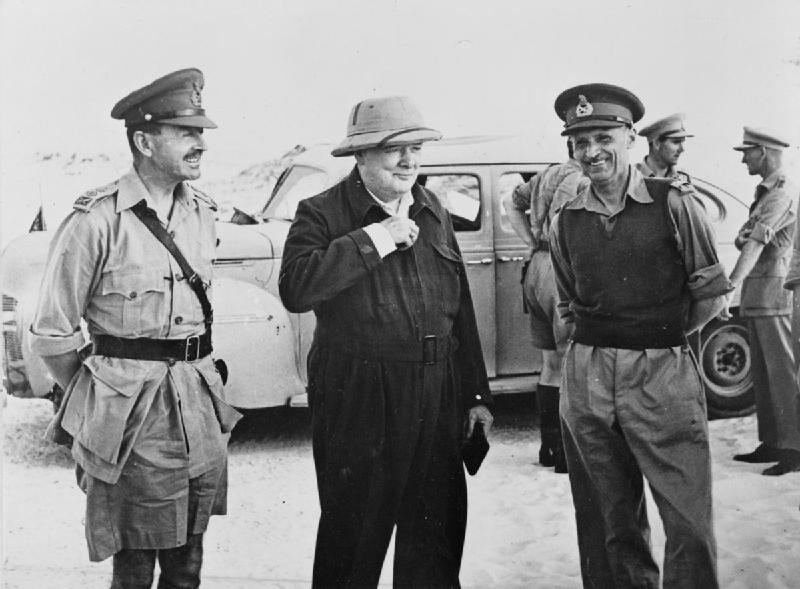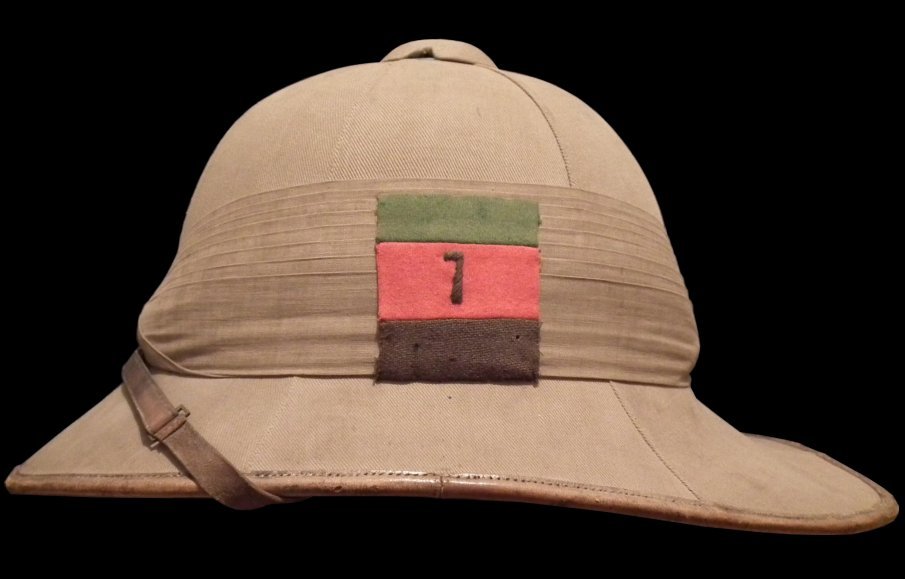 I recently purchased this helmet, from a dealer after seeing it online. The helmet itself is unnamed, but of good private purchase quality, and would have belonged to an officer of the 7th Battalion, The Tank Corps. The helmet would date to the early 1920s when the 7th battalion were sent to India along with the 8th Battalion. Continue reading
I recently purchased this helmet, from a dealer after seeing it online. The helmet itself is unnamed, but of good private purchase quality, and would have belonged to an officer of the 7th Battalion, The Tank Corps. The helmet would date to the early 1920s when the 7th battalion were sent to India along with the 8th Battalion. Continue reading
Category Archives: British
The Songkok – The Headdress of Maritime Southeast Asia
Often misidentified as a fez, the “songkok” is a different type of headdress that has been worn by both soldiers and civilians alike in South Asia. Today it is a type of headdress widely worn in Indonesia, Brunei, Malaysia, Singapore, Thailand and even in parts of the Philippines.
The songkok is likely based on the fez, where it spread to South Asia by Ottoman sailors. A type of songkok was also worn in parts of the Ottoman Empire and even parts of Africa. So while there is a connection between the fez and songkok and these headdresses are similar in that there is no brim and the shape and height of the hats are quite different. Continue reading
Headdress of the Royal West African Frontier Force
The Royal West African Frontier Force was a multi-battalion field force, which was formed by the British Colonial Office in 1900 to help garrison the West African colonies of Nigeria, Gold Coast, Sierra Leone and Gambia. It was originally designated the “West African Frontier Force,” and in 1928 received the royal patronage – becoming the Royal West African Frontier Force (RWAFF).
On formation it comprised the Gold Coast Regiment, Northern Nigeria Regiment, Southern Nigeria Regiment, the Sierra Leone Battalion and the Gambia Company. The parade uniform of the RWAFF was a distinctive one and consisted of khaki drill shorts with red fezzes, along with scarlet “zouave” style jackets edged in yellow and red cummerbunds. Artillery units wore a blue jacket with yellow braid, while engineers wore red jackets with blue braid. British officers originally wore sun helmets, and later a bush or slouch hat. Continue reading
The Wolseley Helmet of Major George Henry William Baird, Seaforth Highlanders.
Major George H. W. Baird was born on 10 January 1903. He married Catherine Augusta Forester on 22 January 1931. George Baird was educated at Eton College, Eton, Berkshire, England.
George Baird was a Gentleman Cadet at the Royal Military College and was gazetted as a 2nd Lt in the Seaforth Highlanders on 30th August 1923. In October of 1928, Lt. G. H. W. Baird was selected for service on Staff and was appointed A.D.C. to the Governor & G.O.C. in C. (General Officer Commanding in Chief) Gibraltar. I believe this is the time period when he purchased this helmet. Continue reading
Mystery Solved – Victorian British General Staff Officer’s Foreign Service Helmet circa 1884-86
 The subject of this article is a Foreign Service Helmet that I acquired 10 or so years ago from an antique mall in Canada. The seller did not represent it as anything in particular. It was just an old military helmet and plume with no provenance. Since that time it has been the focus of much frustration, as I have tried to nail down exactly what it is. I must thank my new friend Stuart Bates, for his “dog with a bone” attitude in helping me finally identify it, with certainty! Also thanks to Clive M. Law, Benny Bough, and my old friend Douglas N. Anderson, for their assistance and contribution in this effort. Continue reading
The subject of this article is a Foreign Service Helmet that I acquired 10 or so years ago from an antique mall in Canada. The seller did not represent it as anything in particular. It was just an old military helmet and plume with no provenance. Since that time it has been the focus of much frustration, as I have tried to nail down exactly what it is. I must thank my new friend Stuart Bates, for his “dog with a bone” attitude in helping me finally identify it, with certainty! Also thanks to Clive M. Law, Benny Bough, and my old friend Douglas N. Anderson, for their assistance and contribution in this effort. Continue reading
The Gloucestershire Back Badge
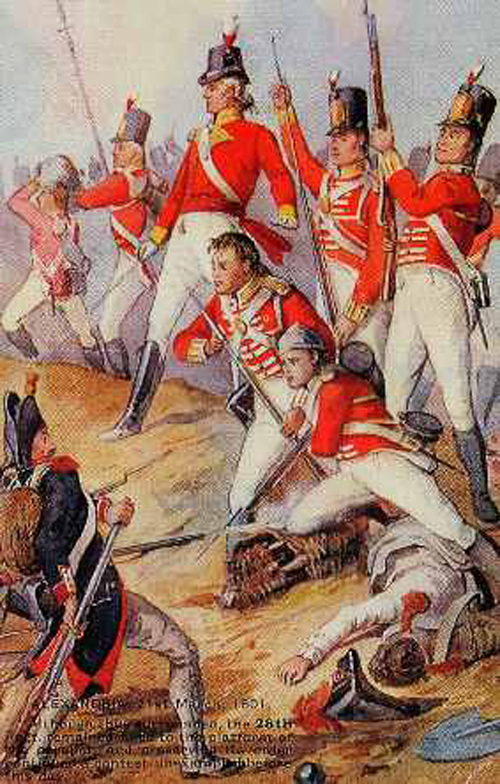 During the Battle of Alexandria in 1801 the 28th Foot (North Gloucestershire) Regiment was attacked from behind by the French. The commanding officer Lt. Col. Paget then gave the famous order “Rear rank, 28th. Right about face.” With consummate discipline the rear rank turned to face the attacking French and at short range fired one devastating volley which caused heavy casualties and forced the enemy’s withdrawal.
During the Battle of Alexandria in 1801 the 28th Foot (North Gloucestershire) Regiment was attacked from behind by the French. The commanding officer Lt. Col. Paget then gave the famous order “Rear rank, 28th. Right about face.” With consummate discipline the rear rank turned to face the attacking French and at short range fired one devastating volley which caused heavy casualties and forced the enemy’s withdrawal.
For this action the regiment was allowed the distinction of wearing badges on both the front and rear of the head-dress. Only the two regular battalions of the Gloucestershire Regiment, formed by the amalgamation of the 28th and 61st Regiments which occurred as a result of the Cardwell/Childers reforms of the British Army in 1881 were allowed this distinction. Militia and Volunteer battalions were not allowed this distinction. Continue reading
The Bombay Bowler
The Bombay Bowler (BB) is often confused with the Cawnpore Tent Club and Khaki Solar Pith Hat, in fact the latter two are often confused with each other. However, the Bombay Bowler is considerably smaller than the other two. Continue reading

